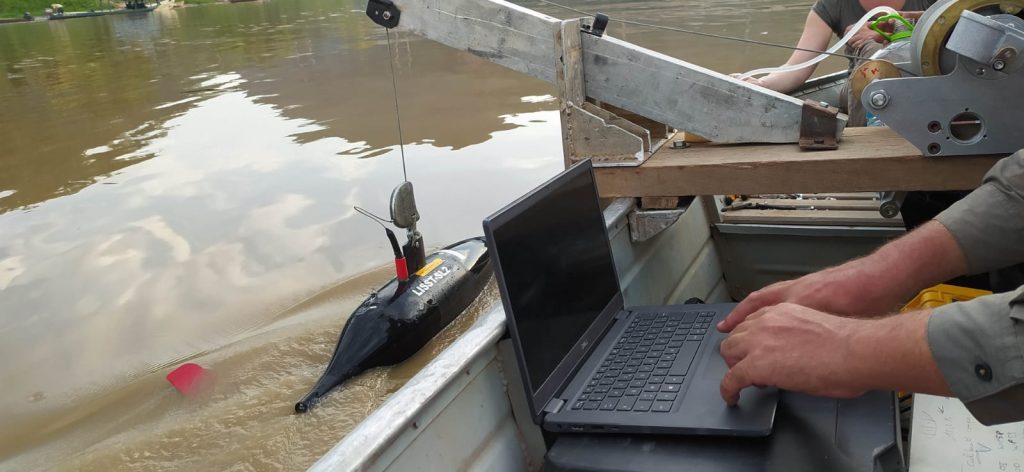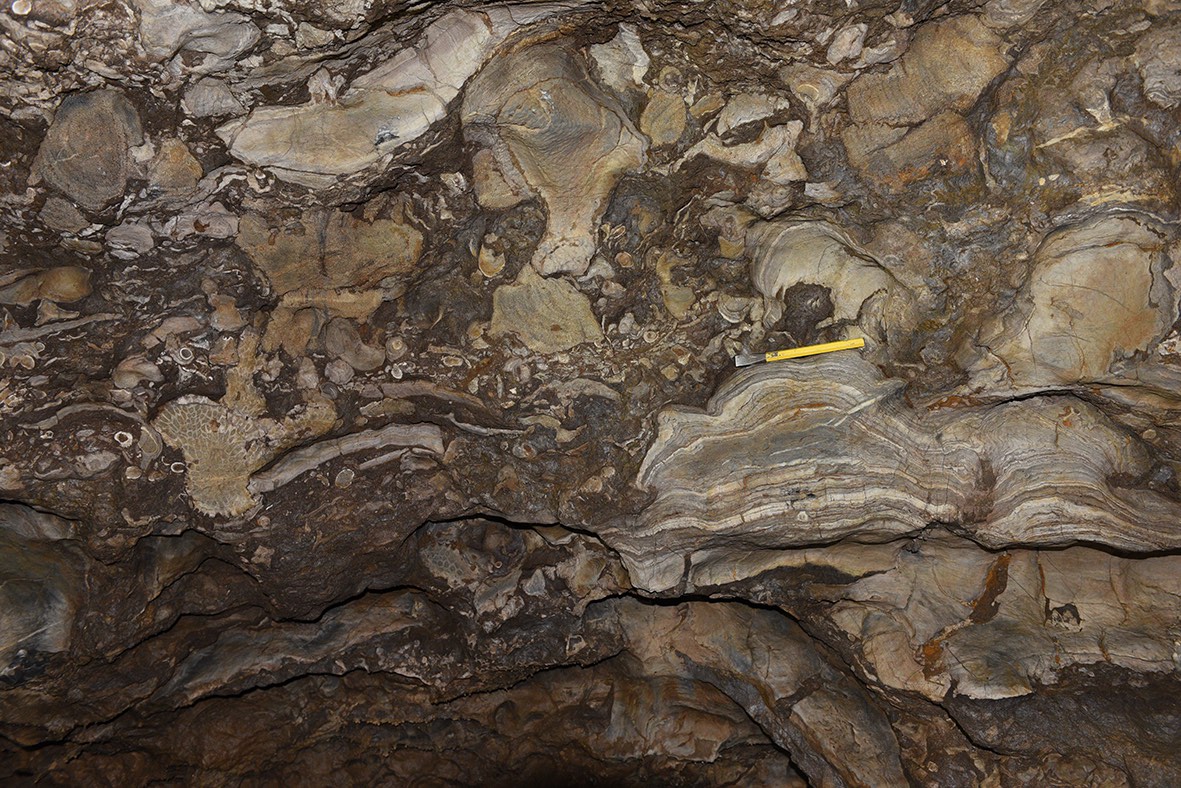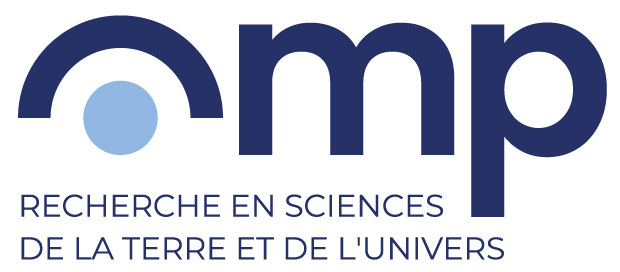The HyBAm observation service is deploying innovative measurement protocols and instruments in Bolivia
The HyBAm observatory, supported by IRD, CNRS, UPS and 17 partner institutions in South America and Africa, aims to understand the impact of global changes on large tropical basins, in particular through long-term hydrological monitoring of the 3 largest river basins of the planet (Amazon, Congo, Orinoco). Its network of 38 in situ stations allows the production of robust hydrological, sedimentary and geochemical data series. These data sets are freely available on its web portal and support numerous research projects around the world (~1 scientific paper published each week uses HyBAm data).

The HyBAm observatory is also a laboratory for the development of protocols and the testing of innovative instruments. It is within this framework that were organized from March to November a series of 4 measurement campaigns in the Bolivian Amazon, involving the IRD, the SENAMHI and the UMSA/IHH of Bolivia and the UnB of Brazil. These missions on 8 stations of the Beni and Mamoré rivers allowed to carry out 16 flow and sediment concentration gauges, to take more than 800 samples (concentration, granulometry), by covering 7300 km in 32 days. These campaigns aimed to develop an integrated approach coupling in situ measurements, remote sensing and hydrological modeling in order to strengthen and develop the observatory’s virtual station network (sites monitored by modeling and/or remote sensing, i.e. without in situ measurements but relying on HyBAm measurement stations for calibration and validation), as well as to improve geochemical monitoring in the observatory’s stations. The objectives were to :
- Better describe the transport of suspended sands in the water column, through new sampling protocols based on physical principles (Santini et al., 2019), in order to be able to model them
- Calibrate, validate and model relationships between satellite reflectance measurements (water color) with sediment concentration at the surface of the studied rivers, in order to allow sediment monitoring by remote sensing of fine sediments. To do this, hyperspectral radiometers were used (Martinez et al., 2015)
- Deploy and test a laser granulometer (LISST-SL2) to measure high-frequency vertical profiles of particle size, concentration and velocity directly in the water column, both to study sand suspension but also the relationship between concentration and granulometry of fine sediments at the surface and at depth.
- Study the transport by scouring (measured indirectly by a Doppler velocimeter coupled to a precision GPS and an altimeter) and its relationship with the suspension (measured by sampling and with the LISST-SL2)
- Test and improve geochemical monitoring protocols (major, trace, Dissolved Organic Carbon) (filtration techniques, storage time and temperature, etc.)
- Improve nitrate monitoring through the deployment of passive integrative sensors (DGT – Diffusive Gradients in thin films Technique)
Contact: William Santini (Directeur Technique du SNO HyBAm)
Participants: William Santini (IRD), Oscar Puita (SENAMHI), Franklin Mujica (SENAMHI), Alexandre Delort-Ylla (IRD), Uziel Ramiro (SENAMHI), Grover Apaza (SENAMHI), Christelle Lagane (IRD), Andre Zumak Nascimiento (UFAM/UnB), Henrique Roig (UnB)









